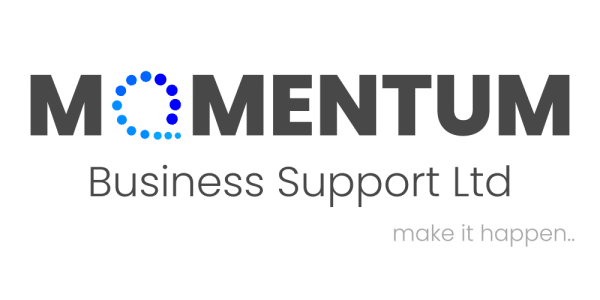Instagram #Hashtag Strategies For Your Business

If you’ve ever wondered if hashtags are worth all the fuss or if you should be using them at all, we’re here to set things straight. The answer is yes! All you need to do is learn how to utilise them to your advantage.
Instagram hashtags are a crucial part of growing your business’ social page. They drive movement to your post, increase conversion and help bring in new customers – thus expanding your audience. Acting as keywords, they help to categorise your post and render the appropriate audiences for your content. Most Importantly, hashtags are free to use, and are a great, cost-effective way to extend your products reach.
As well as categorising your posts, hashtags also help Instagram’s algorithm by directing users to relevant content – which brings us to our first point:
Making the right choices
When selecting hashtags for your post, it’s important to prioritise relevance. Though you may think including exclusively trendy, random words will get your post more attention – it in fact does the opposite. It displays your content to an audience that has little to no interest in your product and often causes smaller numbers of impressions. While your content may briefly be shown in a popular category, it is likely to get lost under all the competing posts giving it a much shorter shelf life and much less interaction. Try and limit the amount of “top” and “trending” hashtags to a maximum of one or two per post, and only include ones that truly reflect your content.
The best solution is to first evaluate your optimal audience and target a specific selling point, which your ideal customer would have an interest in. While you might be tempted to go down the route of semantic mapping or word association, the more beneficial approach is targeting areas that are less vague and tackle a more established subject.
For example: If your business is promoting a nutritious protein-bar, you wouldn’t solely use words like “tasty”, “food” or “snack” as they are far too general. Instead, you would choose more extensive hashtags that reflect the interest of the target consumer. An ideal audience for that protein bar might have an interest in health and healthy eating and therefore optimal key words might be ones like #HealthyLifestyleChoices, #NutritionTips or #MuscleFood.
The more relevant your post is to your hashtag, the more interaction it usually generates. This consequently makes Instagram more likely to promote your content to new audiences; putting your post at the ‘top’ of that hashtag’s unique feed, which drives more engagement and conversion from existing and new followers.
If you struggle to come up with hashtags, you can consider hashtag generators or premade lists that compliment your product but bear in mind that doing your own research can prove a lot more beneficial for your cause. Look into what hashtags your target clientele is already searching for or research your competitors for a better understanding of current industry strategies. You don’t have to send your content to the same ‘destination’, but it can be extremely insightful to monitor your competitors and accordingly alter your approach.
What’s the magic number?
The limit of hashtags is up to thirty per post on Instagram’s platform, however the generous maximum is not necessarily an invite for excess hashtagging. Although the optimal number can vary from business to business, the recommended average tends to be between 10-15 as a starting point. From there on it is important to undertake some trial-and-error testing and compare outcome findings. There is no magic number, and both the platform and its audience are ever-changing. Therefore, it is important to monitor your content performance regularly so that your business remains on the positive side of Instagram’s algorithm.
Remember that Instagram stories are also a great way to include hashtags, though the story limit is far less extensive (with a 10-hashtag maximum). Since stories are temporary, they can be a great place to include some time-sensitive tags relating to something current such as seasonal events or location hashtags!
Finally, if you haven’t done so already, consider creating a branded hashtag for regular use! Branded hashtags are a fantastic way of increasing your business’ visibility while also providing a way of monitoring the traction of your content. Keep it simple, catchy, and self-explanatory and always make sure to check for any double meanings or pre-existing hashtags.
If you’d like to find out more about Instagram hashtags and their uses, get in touch! As a small business we understand the importance of maintaining your brands social media presence and would be happy to share all our tips and tricks:
E: makeithappen@mbsmih.com T: 01903 688789.

